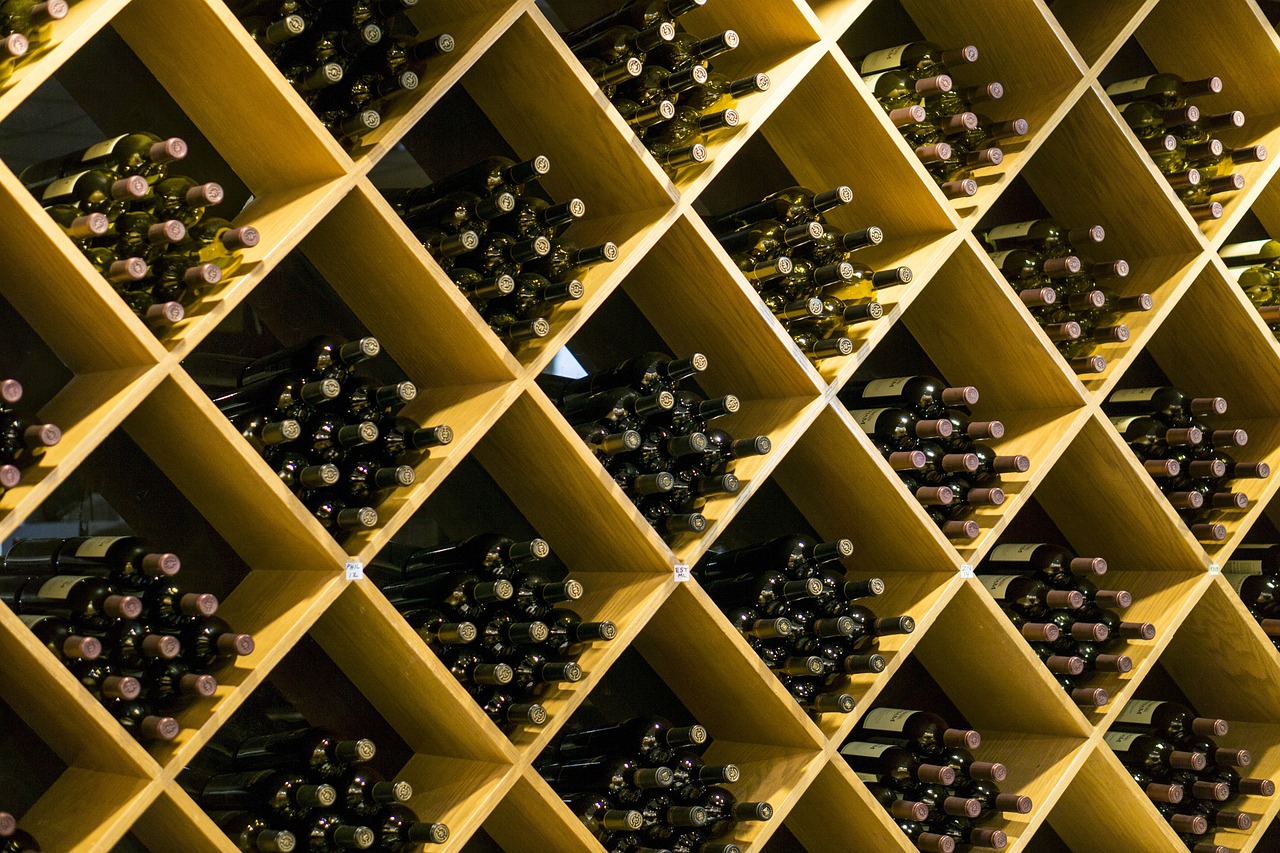
So you’ve finally decided to take your love for wine to the next level. The idea of a cozy wine cellar tucked away in your home sounds perfect, doesn’t it? But wait, as you start planning, a question bubbles up like a freshly opened bottle of Champagne: “Do I need plumbing and electricity in my wine cellar?” Let’s Uncork the Truth!
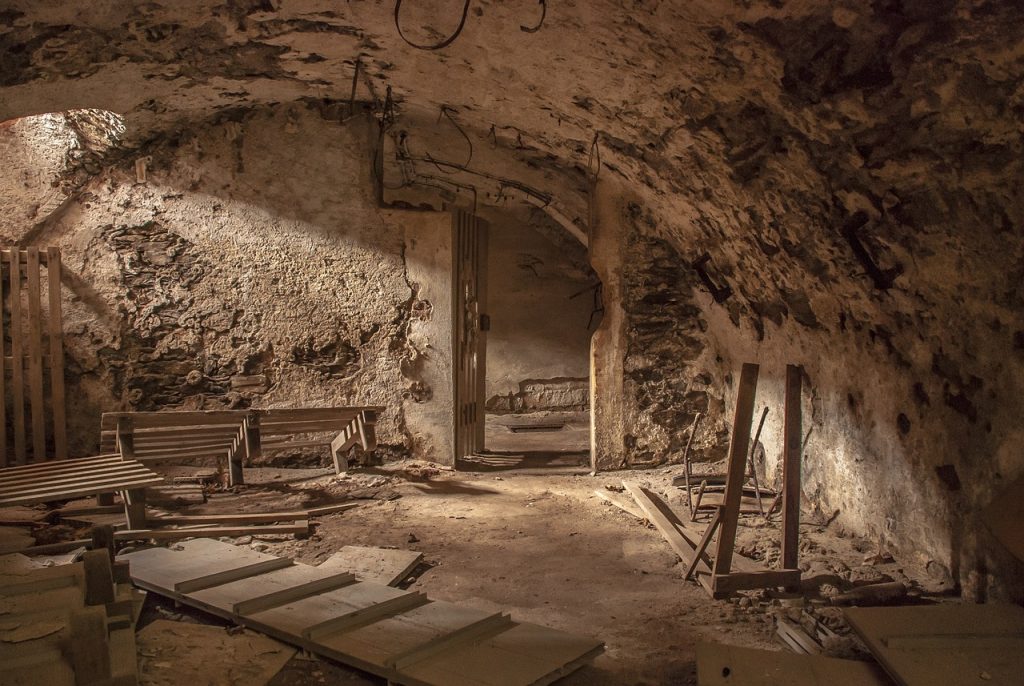
The Romantic Notion of the Wine Cellar
Picture this: a rustic, candle-lit room filled with rows of dusty bottles, each holding a story waiting to be told. The air is cool, the ambiance is perfect, and there’s not a wire or pipe in sight. It’s the kind of place where you’d expect to find a secret stash of vintage Bordeaux. Maybe you’ve seen such cellars in movies or old European estates, and you’re thinking, “That’s what I want!”
But let’s get real. While the romantic idea of a wine cellar without modern amenities is charming, it might not be the most practical setup for storing your precious collection. Unless you have a naturally occurring cave beneath your house (lucky you if that’s the case!), modern conveniences can make a world of difference.
Why Temperature Matters More Than You Think
Wine is a bit like Goldilocks—it doesn’t like it too hot or too cold; it wants it just right. The ideal temperature for storing wine is between 50°F and 59°F (10°C to 15°C). Temperatures outside this range can spoil the wine or age it too quickly. Imagine opening a prized bottle only to find it tastes like vinegar because it overheated during a summer heatwave. Heartbreaking, right?
Unless you live in a castle with naturally cool underground chambers, chances are your basement doesn’t maintain this perfect temperature year-round. That’s where electricity comes into play.
Enter the Cooling System
Installing a cooling system in your wine cellar is like giving it a climate-controlled hug. It keeps the temperature steady, ensuring your wine ages gracefully. These systems run on electricity, so unless you’re planning to fan your cellar manually (not recommended), you’ll need some wiring done.
There are various types of cooling systems, from self-contained units to split systems. The choice depends on the size of your cellar and your budget. Some even come with smart features, allowing you to monitor and adjust the temperature from your smartphone. Talk about modern luxury!
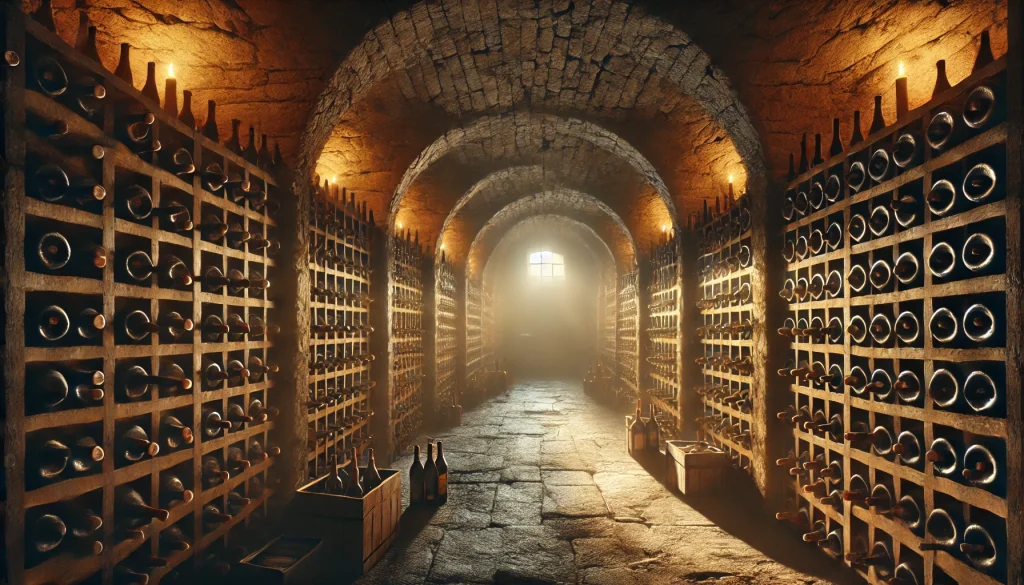
Humidity: The Unsung Hero of Wine Storage
While temperature often steals the spotlight, humidity is the backstage crew making sure everything runs smoothly. Ideal humidity levels for wine storage hover around 60% to 70%. Too dry, and the corks can shrink, letting air sneak into the bottle. Too humid, and you might find mold becoming an uninvited guest.
Humidifiers and Dehumidifiers
To keep humidity levels in check, you might need a humidifier or dehumidifier, both of which sip on electricity like you sip on wine. These devices ensure that your corks stay plump and your labels don’t turn into soggy messes.
Some advanced systems can regulate both temperature and humidity, giving you a one-stop solution. Remember, consistency is key. Fluctuations in humidity can be just as damaging as the wrong levels.
Let There Be Light (But Not Too Much)
Lighting in a wine cellar is a bit of a paradox. You need enough light to see what you’re doing, but not so much that it harms the wine. Ultraviolet (UV) light can degrade wine over time, so natural sunlight is a no-go.
The Right Kind of Lighting
Installing low-heat, UV-free lighting is the way to go. LED lights are a popular choice—they’re energy-efficient and don’t emit UV rays. You can get creative here. Consider installing motion-sensor lights that turn on when you enter, adding a touch of drama. Maybe even add some accent lighting to highlight special bottles or features in your cellar.
But remember, all this brilliance requires electricity. And while we’re at it, think about installing dimmer switches. They give you control over the brightness, setting the perfect mood for a tasting or just a quick bottle grab.
Security and Peace of Mind
If your wine collection is worth more than your car (or even if it’s not), you might want to consider some security measures. After all, you wouldn’t want someone pilfering your prized 1982 Château Lafite Rothschild, would you?
Alarms and Monitoring Systems
From motion detectors to surveillance cameras, modern security systems can help protect your investment. Some even offer environmental monitoring, sending alerts to your phone if the temperature or humidity strays from the ideal range. These gadgets need electricity and sometimes a Wi-Fi connection.
Think of it as hiring a 24/7 security guard who also doubles as an environmental scientist. Plus, with smart home integration, you can keep an eye on your cellar even when you’re halfway around the world. Peace of mind, bottled and delivered.
Plumbing: Not Just for Bathrooms Anymore
At this point, you might be thinking, “Okay, electricity makes sense, but why would I need plumbing in my wine cellar?” Great question!
The Case for Plumbing
- Humidification Systems: Some advanced humidifiers connect directly to a water supply, so you don’t have to refill them manually. It’s like having an automatic watering system for your wine. No more lugging buckets of water down to the cellar.
- Cleaning and Maintenance: Spills happen. Maybe you got a little too enthusiastic with the corkscrew, or perhaps a bottle slipped from your grasp. Having a sink nearby makes cleanup a breeze. Plus, if you host tastings in your cellar, a sink is handy for washing glasses and decanters. It also saves you trips upstairs, keeping the party (and the wine) flowing.
- Drainage Solutions: If your cellar is below ground level, you might face issues with water seepage or condensation. Proper drainage can prevent these problems, and plumbing plays a key role here. Installing a sump pump can protect your cellar from flooding, and floor drains can handle any unexpected water.
The Art of the Passive Wine Cellar
Now, if you’re a purist or just love the challenge, you might be considering a passive wine cellar. These cellars rely on natural conditions to maintain temperature and humidity. It’s old-school cool, literally.
The Pros and Cons
- Pros:
- Lower energy costs since there’s no need for cooling systems.
- Authentic feel and ambiance.
- Environmentally friendly due to reduced energy consumption.
- Cons:
- Hard to control environmental factors.
- Risk of fluctuating temperatures and humidity.
- Not suitable in all climates.
- Requires meticulous planning and insulation.
Building a successful passive cellar is like trying to age wine in a barrel—you need the right conditions, and sometimes, you just have to let nature take its course. Unless you live in an area with the perfect natural conditions, a passive cellar can be a risky venture for your wine.
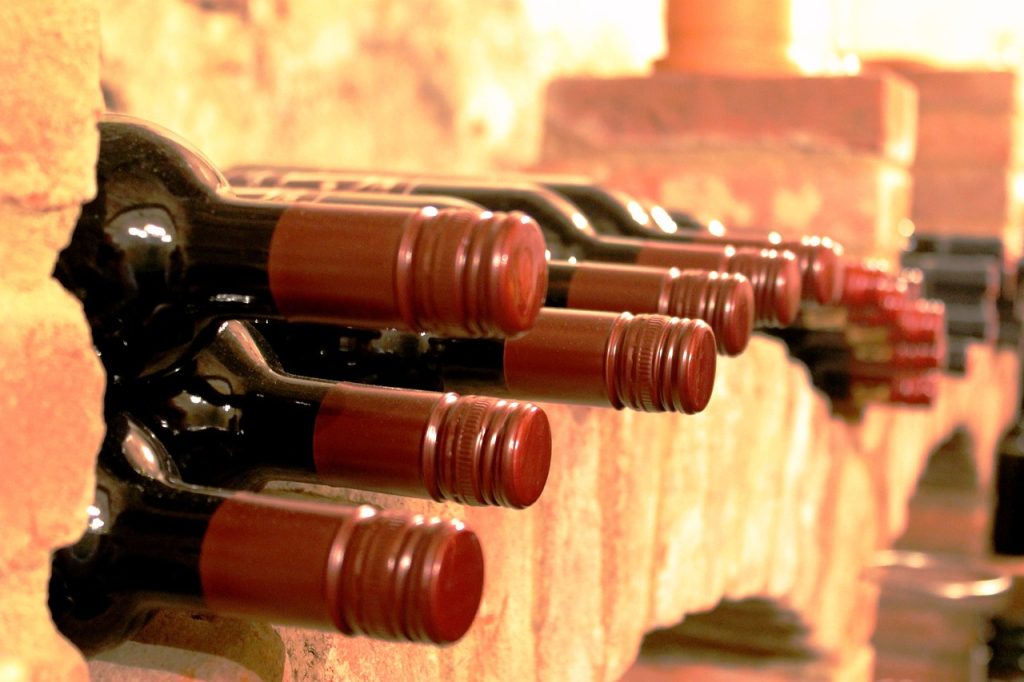
Tales from the Cellar: What Could Go Wrong?
Let me share a story about a friend named Tom. Tom loved wine but thought he could save some bucks by skimping on the cellar’s climate control. He built a beautiful cellar, sans electricity and plumbing, relying on the naturally cool basement.
All was well until summer hit. A heatwave rolled in, and temperatures soared. His basement couldn’t keep up, and the temperature in the cellar spiked. When he opened a bottle of his favorite Pinot Noir, it tasted off. A quick check revealed that several bottles had suffered heat damage. Ouch!
On the flip side, Sarah invested in a climate-controlled cellar with all the trimmings—cooling system, humidifier, the works. She even installed a small sink for convenience. Years later, her collection has not only grown but also aged beautifully. Every bottle she opens is a testament to proper storage.
Costs and Practicality: The Nitty-Gritty
Let’s talk dollars and cents (or euros and cents, if you prefer). Installing electricity and plumbing systems in your wine cellar will increase the initial cost of your wine cellar. But consider this an investment in the longevity of your collection.
What’s at Stake?
- Wine Quality: Poor storage conditions can ruin wine, turning a $100 bottle into vinegar.
- Resale Value: If you ever plan to sell your collection, proper storage conditions are a must. Collectors and auction houses will inquire about how the wine was stored.
- Personal Enjoyment: Let’s not forget the joy of opening a well-aged bottle that has been cared for properly. It’s like reuniting with an old friend who hasn’t aged a day.
Budgeting Tips
- Prioritize: If budget is a concern, prioritize the essentials. Temperature control should be at the top of the list.
- DIY vs. Professional Installation: While DIY can save money, some aspects like electrical wiring and plumbing are best left to professionals for safety and compliance reasons.
- Energy Efficiency: Look for energy-efficient appliances and systems. They might cost more upfront but save you money in the long run.
Navigating the Red Tape
Before you start drilling holes and laying pipes, check your local building codes. Some areas require permits for electrical and plumbing work, especially in residential properties.
Hiring licensed professionals not only ensures the work is up to code but also adds an extra layer of safety. Plus, if you ever sell your home, having proper permits can prevent headaches during the inspection process.
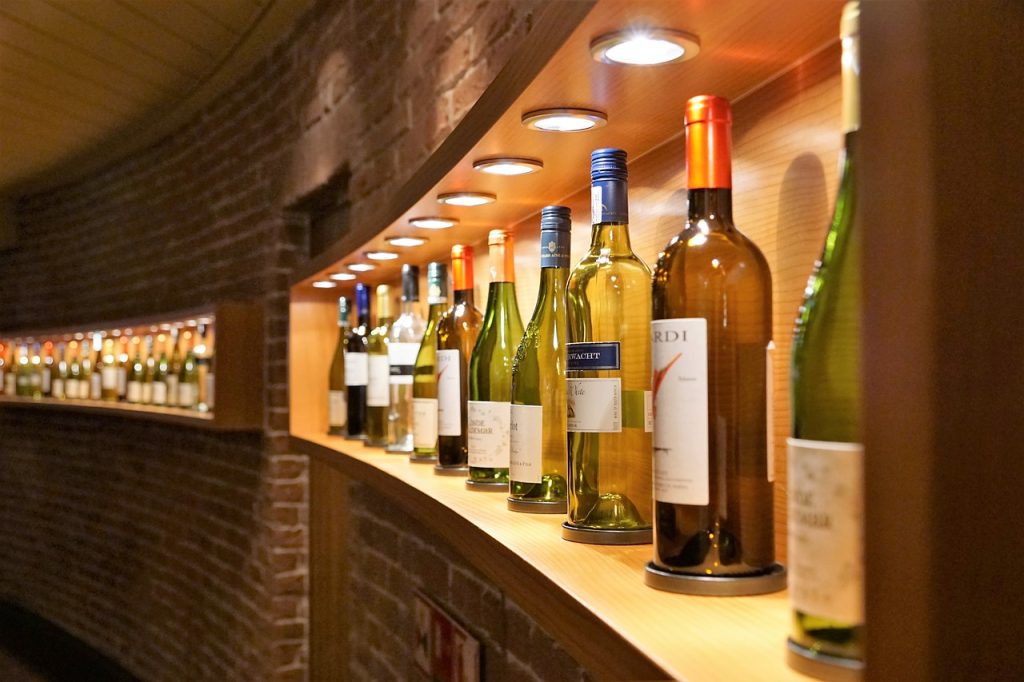
Tips for Making the Right Decision
- Assess Your Collection: If you have a small collection of wines you plan to drink soon, you might not need all the bells and whistles. For larger, long-term collections, proper storage is crucial.
- Consult Professionals: Talk to a wine cellar specialist. They’ll help you understand what’s needed for your specific situation. They can perform a site assessment and recommend the best options.
- Plan for the Future: Your wine hobby might grow (it’s a slippery slope!). Consider building a cellar that can accommodate a growing collection. It’s easier to build bigger now than to expand later.
- Energy Efficiency: If you’re concerned about energy consumption, look into energy-efficient cooling and lighting options. Some systems even use geothermal energy.
- Aesthetics vs. Functionality: While it’s tempting to focus on the look of the cellar, don’t sacrifice function for form. A stunning cellar that’s too warm is just an expensive decoration.
- Insurance: Consider insuring your wine collection. Some policies require proof of proper storage conditions.
Bringing It All Together
So, do you need plumbing and electricity in your wine cellar? While it’s possible to create a cellar without them, incorporating these utilities offers significant benefits:
- Consistent Temperature and Humidity: Protect your wine from spoilage.
- Convenience: Make maintenance and cleaning easier.
- Security: Safeguard your investment.
- Enjoyment: Enhance the overall experience of your wine cellar.
The Joy of a Well-Equipped Cellar
Imagine inviting friends over for a wine tasting. You descend into your cellar, the lights softly illuminating the rows of bottles. The temperature is perfect, the air just humid enough. You select a bottle, perhaps a special vintage saved for this occasion.
Back upstairs, you pour the wine, and the aroma fills the room. Your guests are impressed—not just by the wine but by the care you’ve put into storing it. The wine tastes exquisite, each sip a testament to your efforts.
Final Thoughts
Building a wine cellar is like crafting a fine wine—it requires the right ingredients, attention to detail, and a bit of love. So, are plumbing and electricity really needed in a wine cellar? While the initial costs and effort might seem daunting, the payoff is well worth it. After all, what’s better than enjoying a perfectly aged wine from your own collection?
So go ahead, adopt modern amenities, and let your wine cellar be a blend of old-world charm and new-world convenience. Your future self, holding a glass of impeccably stored wine, will thank you.
Got thoughts or experiences about building a wine cellar? Share them in the comments below. Let’s keep the conversation flowing—just like a good bottle of wine!